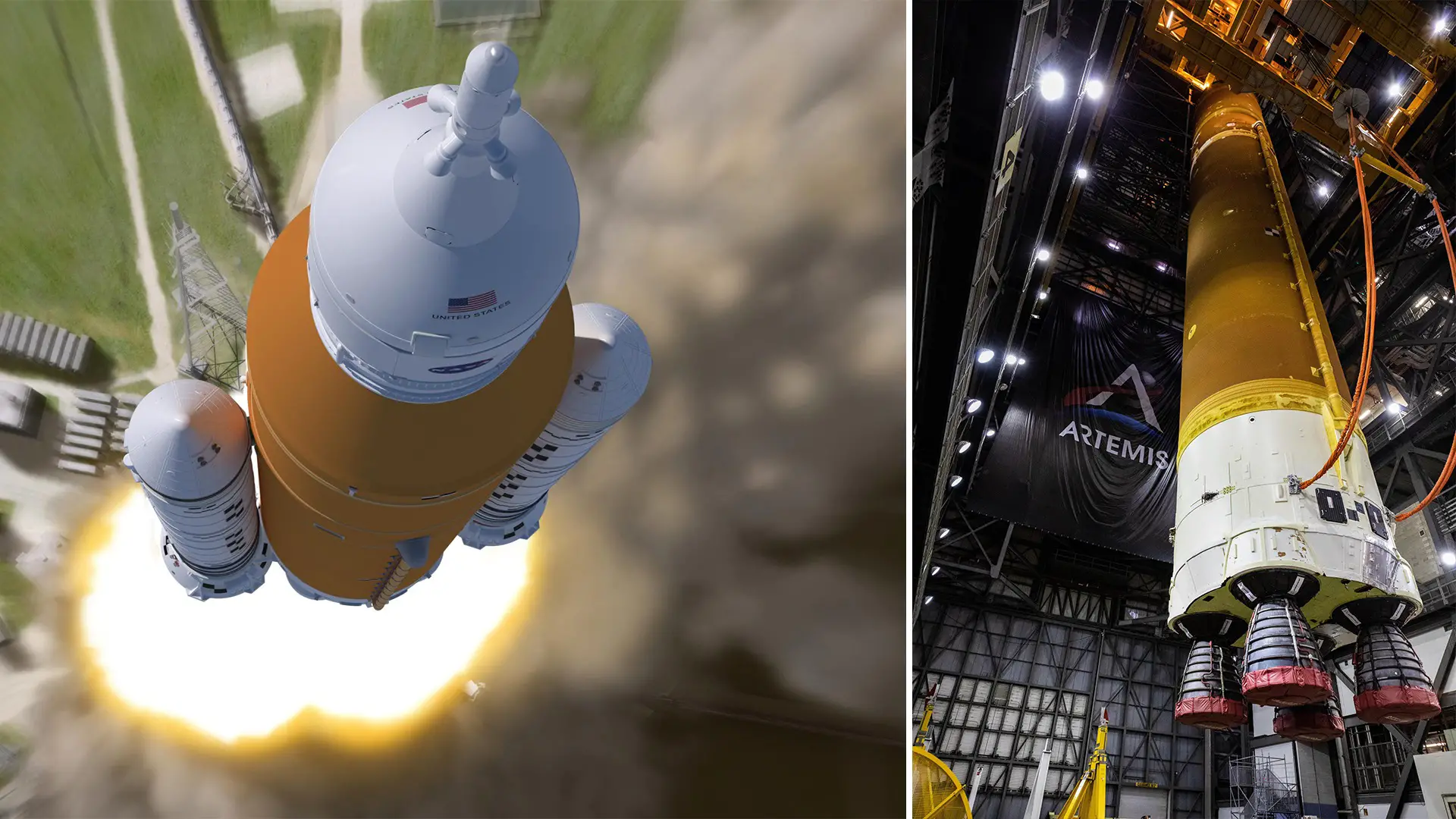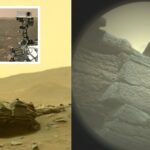NASA and its partners throughout the nation have made significant progress in developing the rocket for Artemis II, the first crewed Artemis mission, as teams continue to prepare NASA’s Space Launch System (SLS) rocket for its inaugural flight with the launch of Artemis I. Major components for Artemis missions III, IV, and V are also being manufactured and tested by the crew.
“The Space Launch System team is not just developing one rocket, but numerous rockets for exploratory missions and future SLS flights beyond the first Artemis launch,” said NASA’s Marshall Space Flight Center in Huntsville, Alabama’s John Honeycutt, SLS program manager. “The Artemis I mission is the first in a series of progressively difficult missions to expand human presence on the Moon. The tremendous power and capabilities of the SLS rocket will enable missions to go further and quicker across the solar system.”
SLS generates more than 8.8 million pounds of thrust with its two solid rocket boosters and four RS-25 engines, allowing each Artemis mission to go beyond Earth’s orbit and to the Moon. Some of the biggest, most sophisticated, and most dependable hardware parts ever created for space travel are included in the rocket.
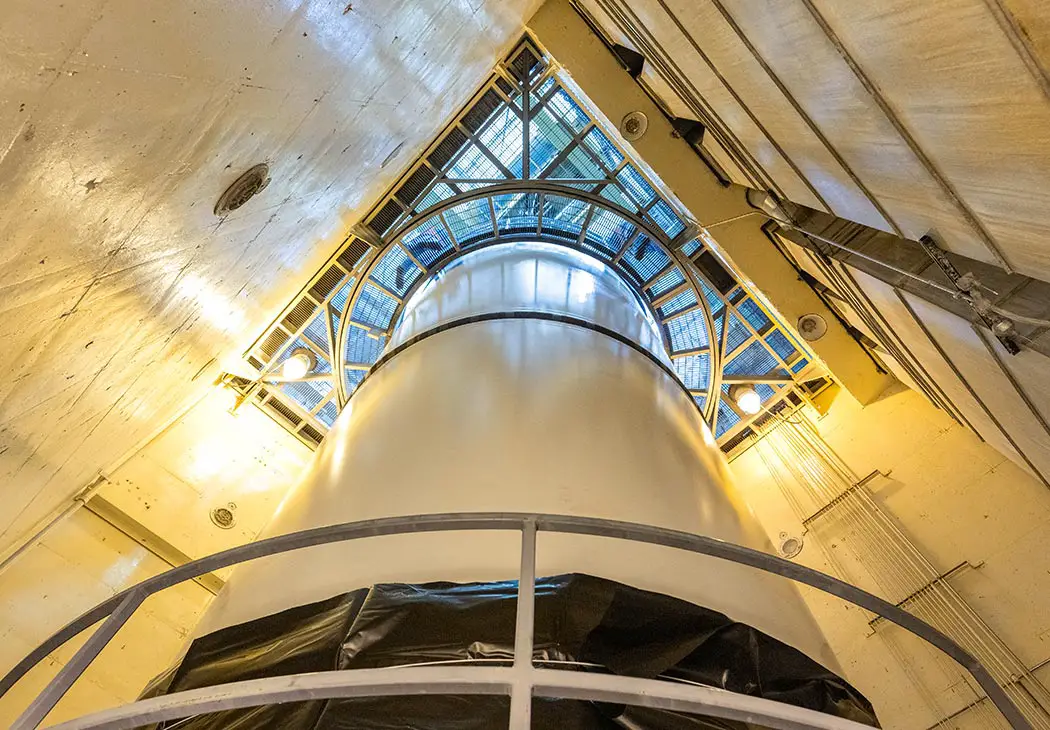
SLS provides propulsion in stages to power NASA’s next-generation deep space missions. The core stage’s four RS-25 engines, as well as the twin boosters, burn during launch to carry SLS off the launch pad and into orbit.
The Interim Cryogenic Propulsion Stage (ICPS) provides in-space propulsion to propel NASA’s Orion spacecraft and crew on a precise route toward the Moon once it is in orbit.
On July 28, 2021, the ICPS, the first piece of rocket gear for Artemis II, landed in Florida. It is now undergoing final preparations at the facilities of principal contractors Boeing and United Launch Alliance (ULA) and will be shipped to NASA’s Kennedy Space Center shortly. The ICPS fires its Aerojet Rocketdyne-supplied RL10 engine to launch the Orion spacecraft toward the Moon. ULA’s Decatur, Alabama plant is already producing the Artemis III ICPS.
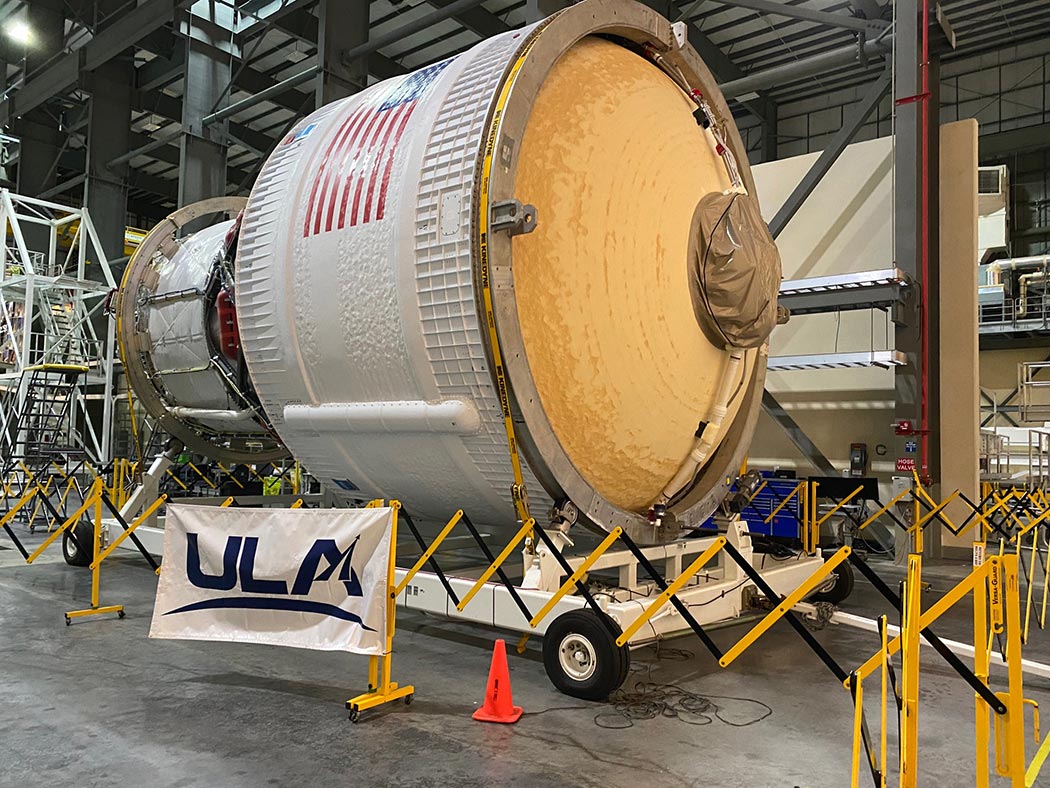
“The Space Launch System is a very capable launch vehicle that has been purposefully built and carefully tested to safely carry people, huge cargo, and flagship research missions to deep space destinations,” said John Blevins, Marshall’s SLS chief engineer. “From the start, the SLS rocket was designed to safely transport humans to space while also evolving to a more powerful configuration that can support a range of missions.”
Every NASA facility and over 1,000 different firms in the United States contributed to the development of the Artemis I SLS rocket, as well as the SLS rockets that will launch future missions.
The boosters and RS-25 engines – the rocket’s primary propulsion parts – for the Artemis II and Artemis III missions are nearing completion. Northrop Grumman, the prime contractor for the boosters, has finished casting all of the booster motor segments for Artemis II and Artemis III and has begun casting pieces for Artemis IV in Utah. The five-segment solid rocket booster is the biggest and most powerful spaceflight booster ever manufactured.
Aerojet Rocketdyne, the principal contractor for the RS-25, is preparing the RS-25 engines for the next three SLS missions after Artemis I. The engines have been tested and will be combined with their respective core stages towards the end of the process.
The Artemis II engines are ready to be sent to NASA’s Michoud Assembly Facility in New Orleans, where they will be connected with the SLS core stage. Aerojet Rocketdyne’s plant at NASA’s Stennis Space Center in Bay St. Louis, Mississippi, is preparing the Artemis III engines for flight, and the firm is already producing engines for missions beyond Artemis IV.
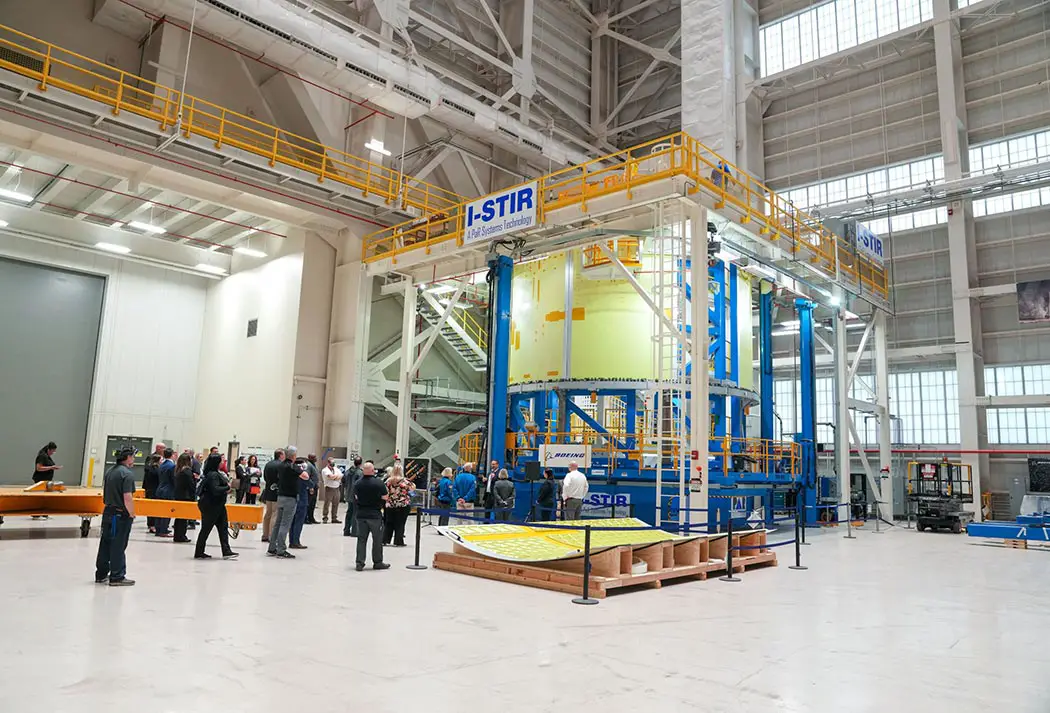
Boeing manufactures each 212-foot-tall core stage at Michoud. The factory’s 2.2-million-square-foot production capacity and cutting-edge manufacturing technology enable teams to construct numerous rocket stages at the same time.
At Michoud, NASA and Boeing, the primary contractor for the SLS core stage, are currently building core stages for Artemis II, Artemis III, and Artemis IV. In addition to the core stage, Michoud has begun production of test items for the Exploration Upper Stage (EUS), which will power the rocket’s Block IB configuration beginning with the Artemis IV mission.
At Michoud, “new tooling has been installed so that the Exploration Upper Stage may be built simultaneously with the core stages,” said Steve Wofford, NASA’s manager for the SLS Block IB project. An 83,000-pound payload to the Moon will be sent by the EUS, which is 40% more weight than the ICPS, and 70% more than any other rocket currently in operation.
For Artemis II and III, Teledyne Brown Engineering is producing the cone-shaped launch vehicle stage adapters and Orion stage adapters in Alabama. The core, ICPS, and Orion spacecraft are all connected through the adapters.
A payload storage compartment for substantial payloads, like logistics modules or other exploration spacecraft, will be built onto the universal stage adapter for use on missions beyond Artemis III. Testing of the universal stage adapter is scheduled to begin in 2022 after engineers at RUAG Space USA finalized panels for a test piece and shipped them to Dynetics in Alabama, which is assembling the test article.
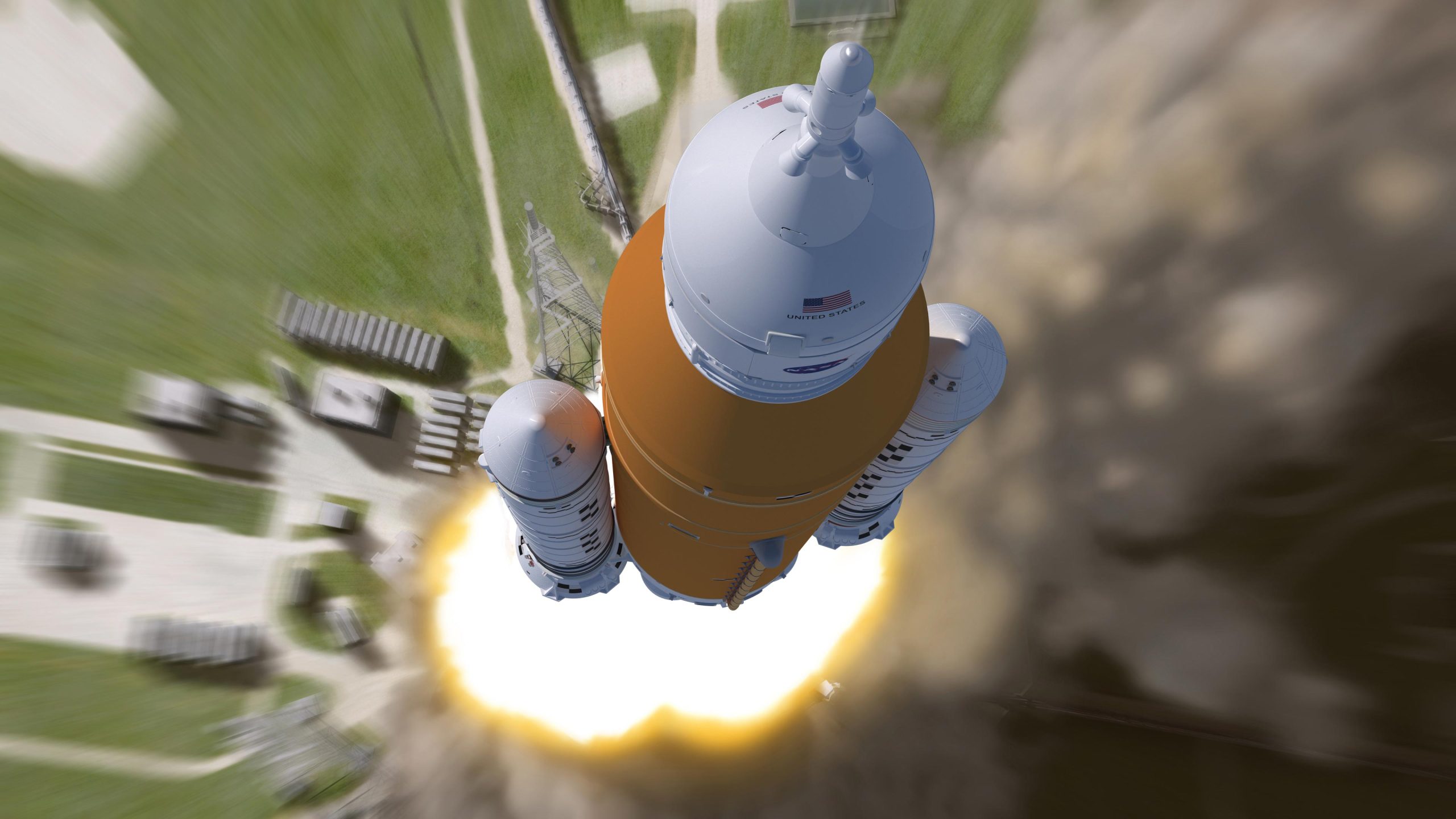
Artemis will be the first time a woman and a person of color have walked on the Moon’s surface, paving the way for future human trips to Mars. Deep space exploration will be based on NASA’s SLS and Orion spacecraft, as well as the human landing system and the Moon Gateway in orbit around the Moon.

